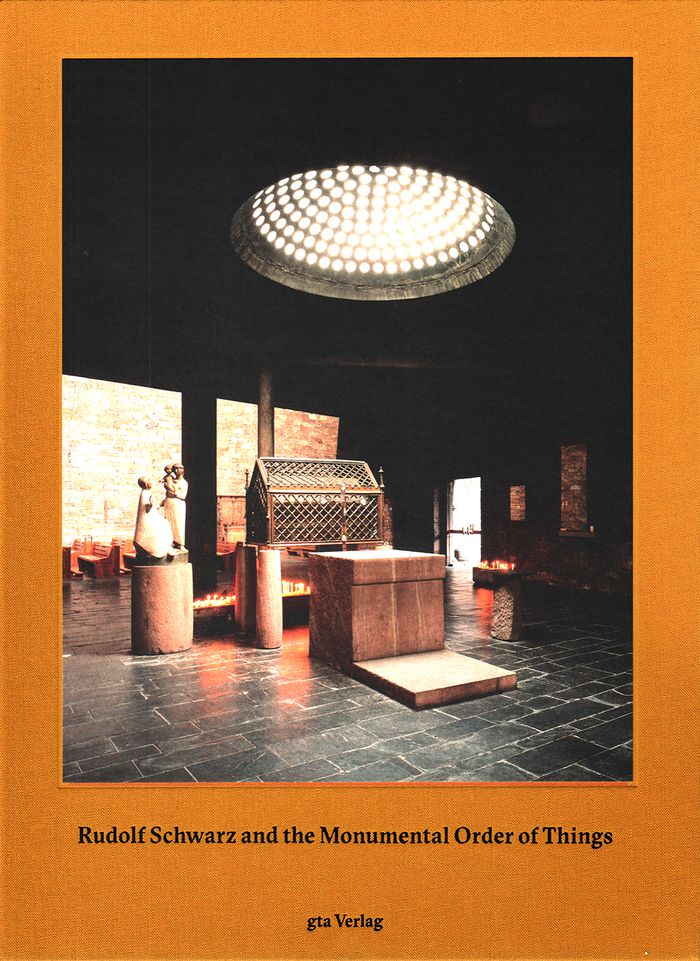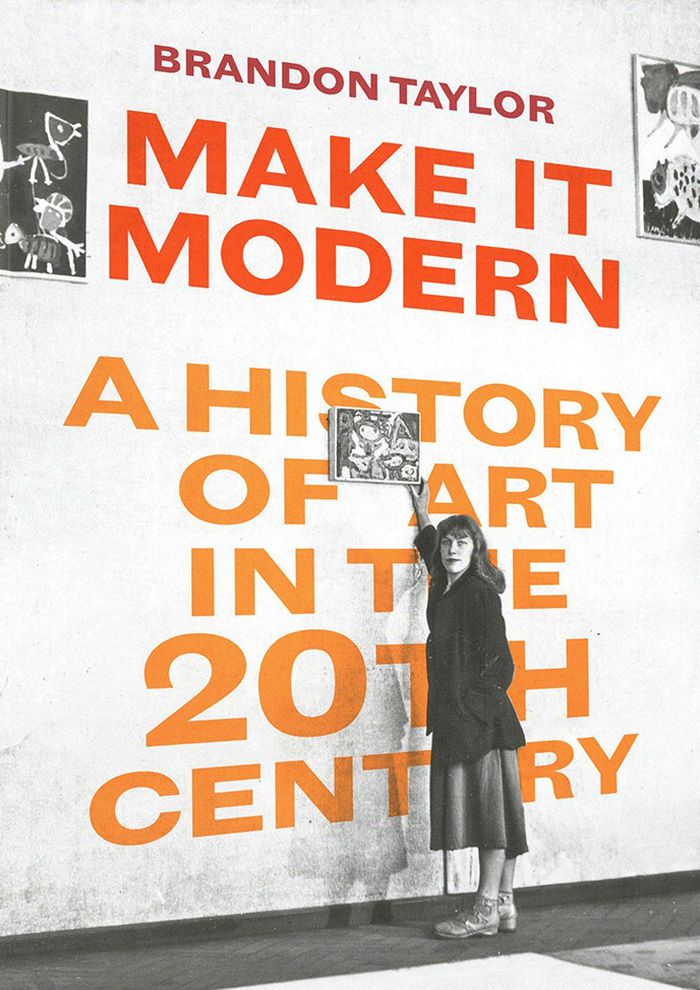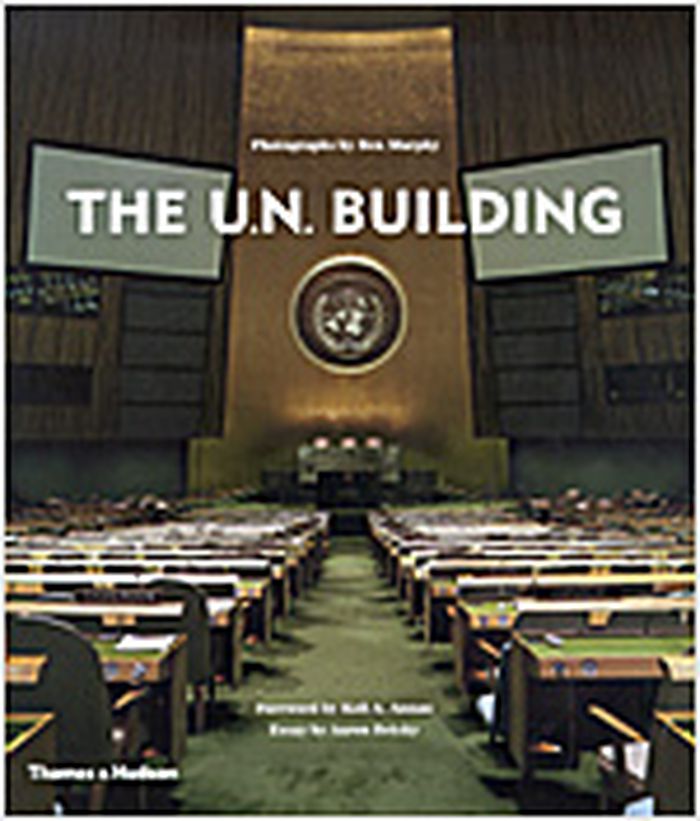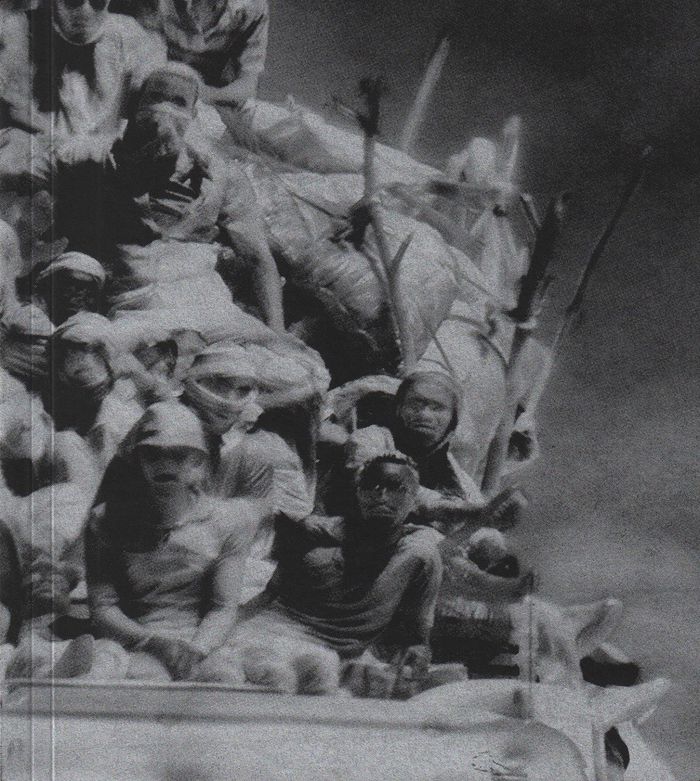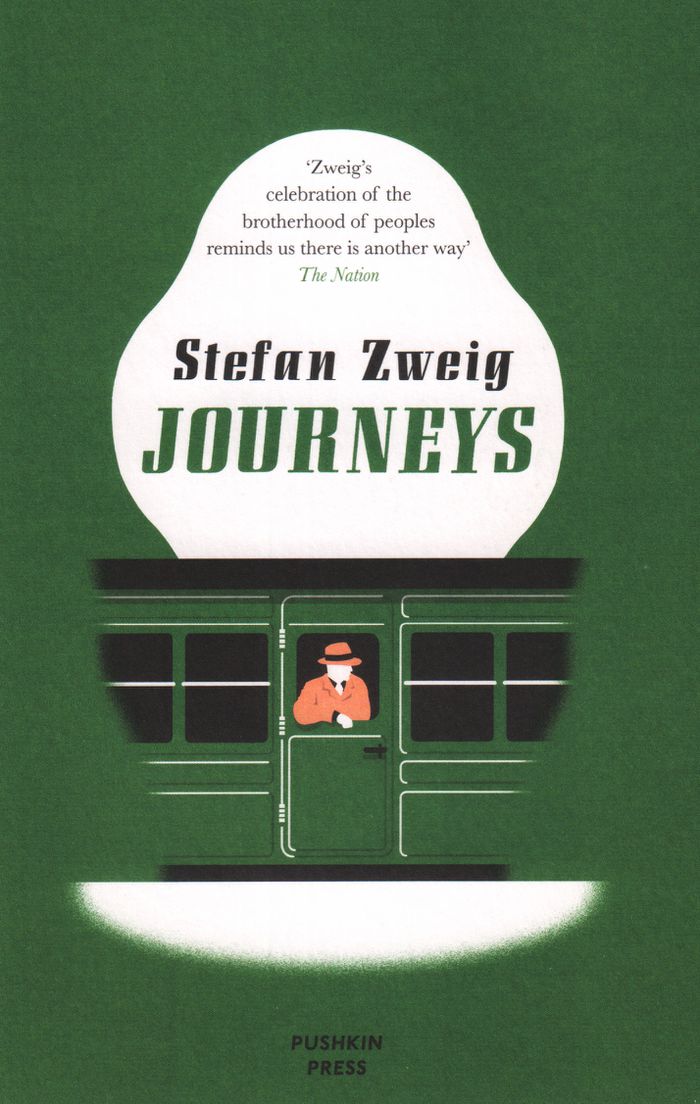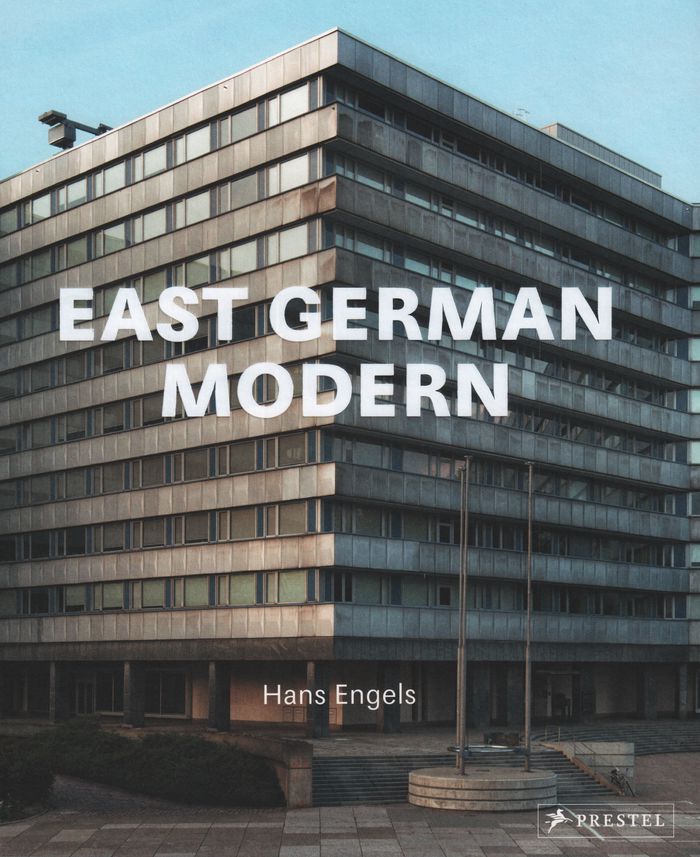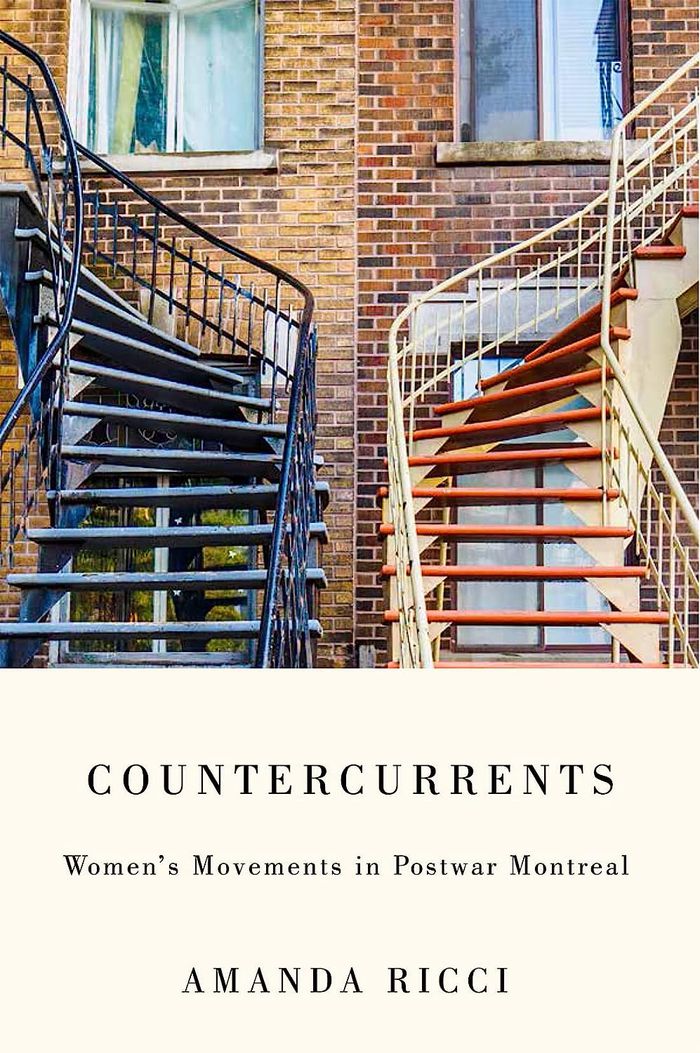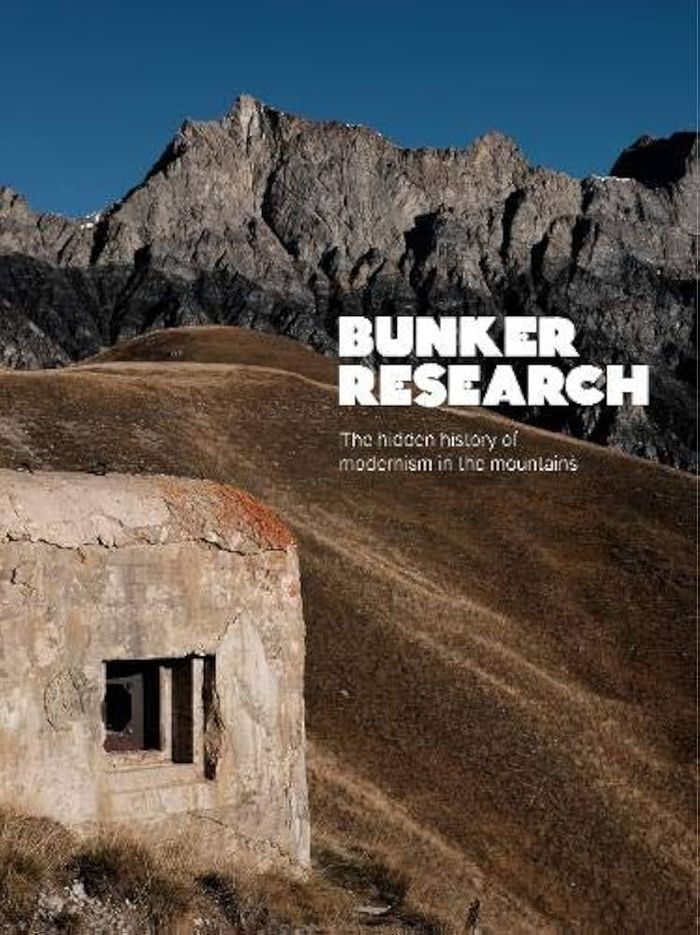$119.00
(available to order)
Summary:
The work of Rudolf Schwarz (1897–1961) allows a deeper understanding of post-war German architecture, representing the product of a continuous European architectural and intellectual practice that bridged the Second World War. Known especially for his churches, Schwarz is perhaps best remembered for his significant contributions to the reconstruction of Cologne. This book(...)
Rudolf Schwarz and the monumental order of things
Actions:
Price:
$119.00
(available to order)
Summary:
The work of Rudolf Schwarz (1897–1961) allows a deeper understanding of post-war German architecture, representing the product of a continuous European architectural and intellectual practice that bridged the Second World War. Known especially for his churches, Schwarz is perhaps best remembered for his significant contributions to the reconstruction of Cologne. This book examines nine of his religious and secular buildings in the Rhineland, which are presented through new survey drawings and photographs. These are accompanied by Schwarz’s project descriptions and his lecture “Architecture of Our Times” from 1958, which contextualizes his approach. Essays by Wolfgang Pehnt and an interview with Schwarz’s wife, the architect Maria Schwarz, provide further insight into this complex oeuvre.
Architecture Monographs
$62.00
(available to order)
Summary:
From the chaos of the First World War to the ravages of the Second, from the Great Depression to the rise of consumer culture, artists we call "modern" faced the challenge of responding imaginatively to utterly new circumstances of life. Original thought, startling artistic techniques, and new attitudes to experimentation were required to produce exceptional and timely(...)
Make it modern: A history of art in the 20th century
Actions:
Price:
$62.00
(available to order)
Summary:
From the chaos of the First World War to the ravages of the Second, from the Great Depression to the rise of consumer culture, artists we call "modern" faced the challenge of responding imaginatively to utterly new circumstances of life. Original thought, startling artistic techniques, and new attitudes to experimentation were required to produce exceptional and timely work. This volume guides the reader through the art of the modern world. Works of celebrated artists, from Pablo Picasso and Wassily Kandinsky to Frida Kahlo, Jackson Pollock, and Yayoi Kusama, alongside a panoply of undervalued or less-known figures, populate this decade-by-decade narrative.
Art Theory
The U.N. building
$60.00
(available to order)
Summary:
When it was completed in 1952 along New York's East River, The United Nations Building stood as a symbol of world humanitarianism, a beacon of unity after the Second World War. More than 50 years on, the 39-story building is regarded as one of the pinnacles of mid-century modernism. Its magnificent public spaces and assembly halls, as well as its impressive collection(...)
Commercial interiors, Building types
October 2005, New York
The U.N. building
Actions:
Price:
$60.00
(available to order)
Summary:
When it was completed in 1952 along New York's East River, The United Nations Building stood as a symbol of world humanitarianism, a beacon of unity after the Second World War. More than 50 years on, the 39-story building is regarded as one of the pinnacles of mid-century modernism. Its magnificent public spaces and assembly halls, as well as its impressive collection of art by Chagall, Henry Moore and many others make it one of the most visited sites in New York. On the celebration of the United Nations' 60th anniversary, and before a long period of renovation, this book presents a portrait of this fascinating building.
Commercial interiors, Building types
$72.95
(available in store)
Summary:
At a moment when the world is facing the world’s largest refugee and migration crisis since the Second World War, Incoming by Irish artist and Deutsche Börse Photography Prize winner Richard Mosse deals with the major humanitarian and political plight of our time, the displacement of millions due to war, persecution and climate change. With illuminating texts by Mosse and(...)
Incoming
Actions:
Price:
$72.95
(available in store)
Summary:
At a moment when the world is facing the world’s largest refugee and migration crisis since the Second World War, Incoming by Irish artist and Deutsche Börse Photography Prize winner Richard Mosse deals with the major humanitarian and political plight of our time, the displacement of millions due to war, persecution and climate change. With illuminating texts by Mosse and the philosopher Giorgio Agamben, the 576-page book combines film stills from the artist’s latest video work made in collaboration with electronic composer Ben Frost and cinematographer Trevor Tweeten – a haunting and searing multi-channel film installation, accompanied by a visceral soundtrack. Journeys made by refugees and migrants across the Middle East, North Africa, and Europe are captured with a new weapons-grade surveillance technology that can detect the human body from 30.3km. Blind to skin colour, this camera technology registers only the contours of relative heat difference within a given scene, foregrounding the fragile human body’s struggle for survival in hostile environments.
Photography monographs
$22.95
(available to order)
Summary:
For the insatiably curious and ardent Europhile Stefan Zweig, travel was both a necessary cultural education and a personal balm for the depression he experienced when rooted in one place for too long. He spent much of his life weaving between the countries of Europe, visiting authors and friends, exploring the continent in the heyday of international rail(...)
Journeys
Actions:
Price:
$22.95
(available to order)
Summary:
For the insatiably curious and ardent Europhile Stefan Zweig, travel was both a necessary cultural education and a personal balm for the depression he experienced when rooted in one place for too long. He spent much of his life weaving between the countries of Europe, visiting authors and friends, exploring the continent in the heyday of international rail travel. Comprising a lifetime’s observations on Zweig’s travels in Europe, this collection can be dipped into or savoured at length, and paints a rich and sensitive picture of Europe before the Second World War.
Journeys
East German modern
$66.00
(available to order)
Summary:
The buildings constructed in East Germany after the Second World War are often dismissed as drab, Soviet-style, prefabricated blocks of cement. But the architecture of the German Democratic Republic was created with an eye toward modernity and efficiency, and heralded the birth of a new country and a new economic and social system. Hans Engels has traveled throughout(...)
East German modern
Actions:
Price:
$66.00
(available to order)
Summary:
The buildings constructed in East Germany after the Second World War are often dismissed as drab, Soviet-style, prefabricated blocks of cement. But the architecture of the German Democratic Republic was created with an eye toward modernity and efficiency, and heralded the birth of a new country and a new economic and social system. Hans Engels has traveled throughout East Germany to photograph iconic modernist buildings that survived demolition. From movie theaters, high-rises, and restaurants to museums, convention centers, and transit stations, these buildings have all stood the test of time.
Modernism
$40.00
(available to order)
Summary:
The art of Alice Neel (1900-1984) distinguished itself from that of her American contemporaries by the special intimacy of its style, in which her drawing practice was a decisive factor. Though somewhat less known than her paintings, Neel's drawings and watercolors articulate an array of influences--German Expressionist and Neue Sachlichkeit painting, the Ashcan School,(...)
Alice Neel: intimate relations
Actions:
Price:
$40.00
(available to order)
Summary:
The art of Alice Neel (1900-1984) distinguished itself from that of her American contemporaries by the special intimacy of its style, in which her drawing practice was a decisive factor. Though somewhat less known than her paintings, Neel's drawings and watercolors articulate an array of influences--German Expressionist and Neue Sachlichkeit painting, the Ashcan School, an early sojourn in Cuba--that accompanied her through her tentative beginnings in the mid-1920s through to the maturity of her art after the Second World War, when she found room to accommodate abstraction and Pop art.
Contemporary Art Monographs
$37.95
(available to order)
Summary:
In the decades following the Second World War, women from all walks of life became increasingly frustrated by the world around them. Drawing on long-standing political traditions, these women bound together to revolutionize social norms and contest gender inequality. In Montreal, women activists inspired by Red Power, Black Power, and Quebec liberation, among other social(...)
Countercurrents: Women's movements in postwar Montreal
Actions:
Price:
$37.95
(available to order)
Summary:
In the decades following the Second World War, women from all walks of life became increasingly frustrated by the world around them. Drawing on long-standing political traditions, these women bound together to revolutionize social norms and contest gender inequality. In Montreal, women activists inspired by Red Power, Black Power, and Quebec liberation, among other social movements, mounted a multifront campaign against social injustice. Bringing to light previously overlooked archival and oral sources, Amanda Ricci introduces a new cast of characters to the history of feminism in Quebec. The book presents a unique portrait of the resurgence of feminist activism, demonstrating its deep roots in Indigenous and Black communities, its transnational scope, and its wide-ranging inspirations and preoccupations.
Social Studies (Québec)
$60.00
(available in store)
Summary:
In southern France, high above the villas and the pleasure palaces of the Côte d’Azur, there is the Alpine Extension of the Maginot Line. These little-known fortifications were built before the Second World War to protect France from Mussolini. But nobody has successfully invaded over the Alps since Napoleon, and things didn’t quite turn out as the French(...)
Bunker research: the hidden history of modernism in the mountains
Actions:
Price:
$60.00
(available in store)
Summary:
In southern France, high above the villas and the pleasure palaces of the Côte d’Azur, there is the Alpine Extension of the Maginot Line. These little-known fortifications were built before the Second World War to protect France from Mussolini. But nobody has successfully invaded over the Alps since Napoleon, and things didn’t quite turn out as the French expected. Now, the bunkers are marooned, forlorn and crumbling, in some of the most beautiful and remote parts of France. They are disappearing into the landscapes they once commanded, stray facts from a future passed, still waiting for an onslaught that never came.
Konrad Wachsmann's television: post-architectural transmissions. Critical spatial practice 11
$33.95
(available in store)
Summary:
In this book, architectural historian Mark Wigley makes the surprising claim that the thinking behind modernist architect Konrad Wachsmann's legendary projects was dominated by the idea of television. Investigating the archives of one of the most influential designers of the twentieth century, Wigley scrutinizes Wachsmann's design, research, and teaching, closely reading(...)
Konrad Wachsmann's television: post-architectural transmissions. Critical spatial practice 11
Actions:
Price:
$33.95
(available in store)
Summary:
In this book, architectural historian Mark Wigley makes the surprising claim that the thinking behind modernist architect Konrad Wachsmann's legendary projects was dominated by the idea of television. Investigating the archives of one of the most influential designers of the twentieth century, Wigley scrutinizes Wachsmann's design, research, and teaching, closely reading a succession of unseen drawings, models, photographs, correspondence, publications, syllabi, reports, and manuscripts to argue that Wachsmann is an anti-architect—a student of some of the most influential designers of the 1920s who dedicated thirty-five post–Second World War years to the disappearance of architecture.
Architectural Theory
